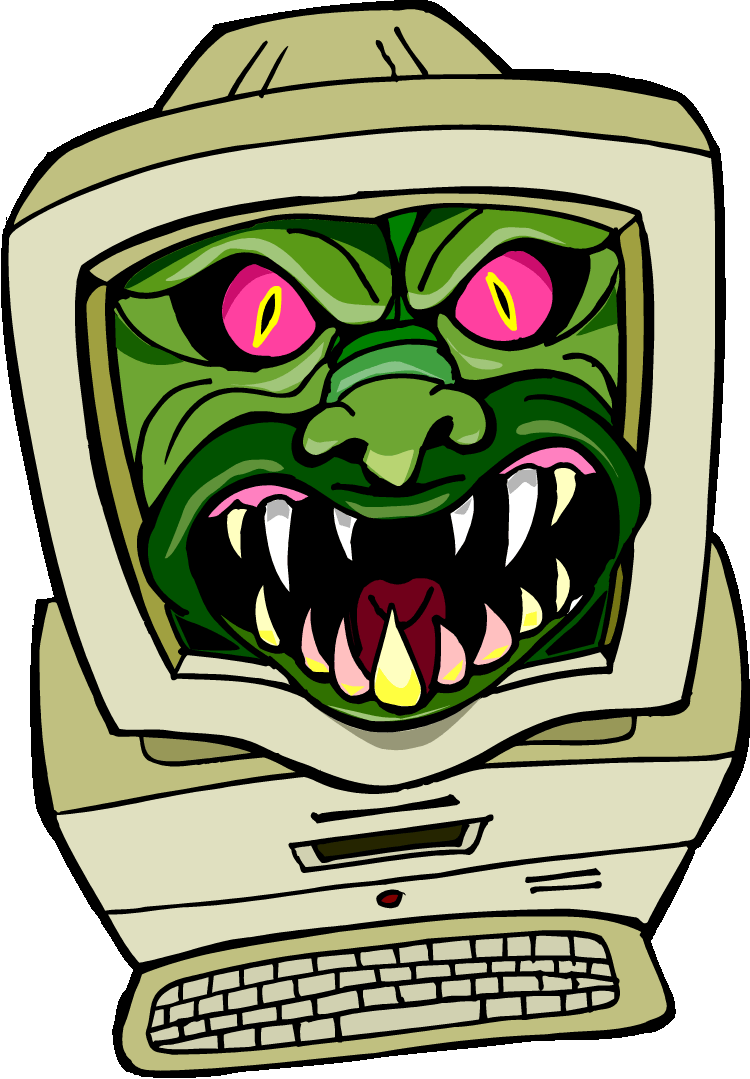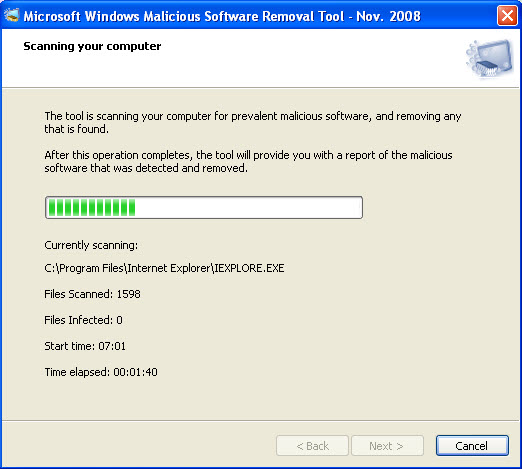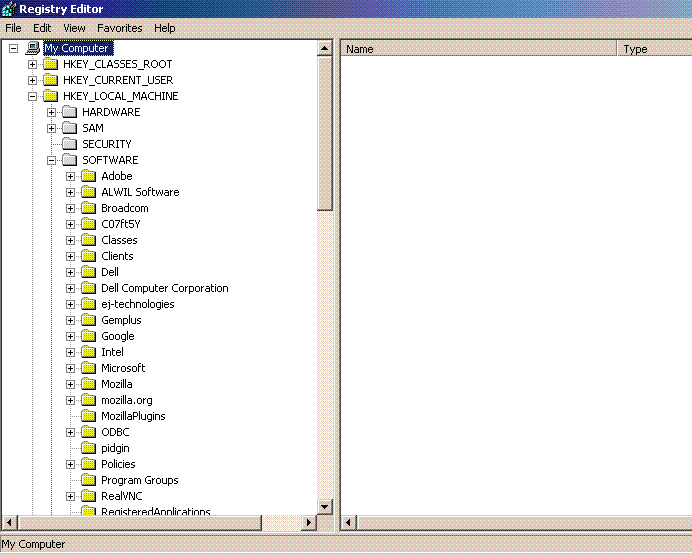How to Manually Remove a Trojan Virus

A Trojan horse is a type of malicious software that does not replicate itself like other types of malware, but it makes unauthorized access to your computer easy and steals personal information from the users. Strictly speaking, it does no harm to the computer in comparison to viruses, as it does not slow your computer down or causes any damage to the file system.
The term Trojan is actually derived from the Trojan horse story in the Greek mythology when a big horse was used by the Greeks into making Trojans believe that they have fled the battleground. The Trojans found a big wooden horse abandoned by the Greeks and they brought it inside their city and started celebrating. Their celebrations were cut short when the Greek army emerged out of the horse in the cover of the night and caught the Trojan army completely off guard, resulting in their complete rout.
The computer Trojan also uses the same principle to sneak inside the computer and then cause trouble, though most types of Trojan are limited to the leakage of information. They come in many disguised forms such as toolbars, plugins, or Active X controls.
Most antivirus programs automatically detect and remove them from the computer; however, they can be manually removed from the computer as well in case the need arises. Unlike viruses, they are pretty easy to remove once their presence is known.
Instructions
-
1
First of all download Microsoft Malicious Software Removal tool and install it on your computer. Double click on its icon created on the home screen and run a complete system scan for Trojans and other types of malware. This software will only detect and display the names of the Trojans present on your computer and unlike an antivirus suite, it will not delete them automatically.
Image courtesy: download26.com
-
2
Do some research on Trojans detected by the malware scanner on internet and find out where they are installed, or their file types. After doing your homework, restart the computer. Press the F8 key during the booting and select safe mode.
-
3
Now go to the location of the executable of the Trojans which will be present somewhere in the following directories "C:\windows, C:\windows\system, C:\windows\system32".
You will also have to manually edit the registry in order to completely remove the Trojan. Go to run and type regedit. The default windows registry editor will open up, delete all the Trojan entries present in the registry and exit the regedit. Restart the computer for the changes to take complete effect.
Image courtesy: darkoperator.com







